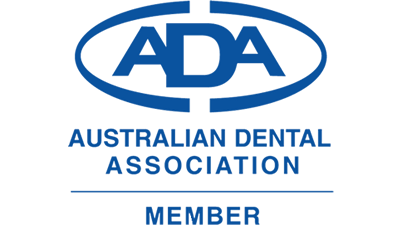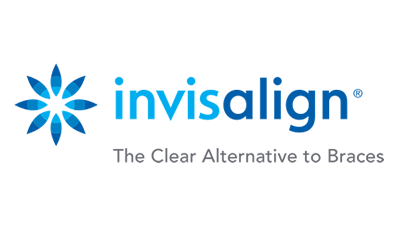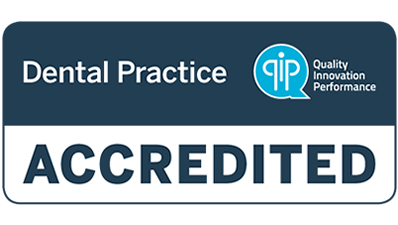There is a lot of debate at the moment about ‘should I wear a mask if I’m not sick?’. Some of the main reasons the Australian government is advising not to wear one unless you are sick is because it doesn’t stop you getting COVID-19 AND they don’t want the limited supply of face masks taken away from healthcare workers.
But the WHO (World Health Organisation) is currently reviewing their advice for healthy people wearing face masks as new research shows droplets from a cough or sneeze can travel as far as 6 meters1.
And by wearing a mask you can limit the spread of those droplets by up to 90%2. Wearing a mask helps protect other people if you are carrying the virus.
So… What’s the Solution??
- Firstly, if you have bought masks that are still in their box PLEASE donate them to your nearest hospital! Our healthcare workers are coming in contact daily with hundreds of potential/suspected COVID-19 cases- which is a very difference scenario from you doing your weekly shopping trip. If you have any N95, P1 or KN95/P2 masks these are particularly helpful.
We need to do everything we can to support them and keep them safe as they care for us.
Happy Smiles recently donated a carton of masks to our local hospital and they were so incredibly grateful. A teary nurse told our staff ‘We need them desperately’.
- Make your own mask
With supplies most people would have at home, you can easily make a mask that will protect other people for the times you need to leave the house (ie shopping).
Key points to remember about Home-Made Masks:
- They do not help protect you from COVID-19, except in the fact that they prevent you from touching your face
- Please don’t touch your face when wearing a mask as you are more likely to spread germs from your hands to yourself. If you need to adjust your mask, use hand sanitizer first
- Home-made mask do help protect others.
Home-made masks that include a non-woven material can be up to 90% effective. If everyone wore a home-made mask we would all be protecting others (and they would be protecting us)
- Wash your mask after each use
Key Features for a Good Home-Made Mask
- A good fit is essential. Make sure that your mask pattern includes bendable wire (pipe cleaners work too). This makes sure it securely fits around your nose.
- It should include a non-woven barrier, this can either be a disposable mask or a dried nappy wipe works well.
Check out this detailed video to make a great fit mask.
https://www.craftpassion.com/face-mask-sewing-pattern
It includes a removable wire and a pocket to insert your non-woven barrier. It’s very comprehensive. You could make a mask in about 20 minutes if you are a competent sewer or up to an hour if you are a beginner.
- Keep washing your hands. It’s more effective than any mask!!!
- If you have any symptoms- stay at home.
- Share the love! For all those sewing people out there- make some for your family and neighbours! Just make sure they know how to wear them by giving them the top tips below…
Mask Wearing
- I understand this mask does NOT protect ME from COVID-19. It is so that I do not infect others unknowingly.
- I will ensure the fit is correct over my nose and under my chin with no gaps.
- I will wash this mask before I use it for the first time and after every use.
- I will always make sure the mask is completely dry before wearing it
- I will wear it with a non-woven barrier such as a dried nappy wipe.
- I will not touch my face/ adjust my mask when wearing it unless I have just used hand sanitizer.
Written by Sarah Cohen
Practice Manager at Happy Smiles Dentist
Updated 07/04/2020
References
World Health Organisation, URL: https://www.who.int
Lydia Bourouiba. Turbulent Gas Clouds and Respiratory Pathogen Emissions, JAMA (2020). DOI: 10.1001/jama.2020.4756
A study on the microbial filtration efficiency of surgical face masks- with special reference to the non-woven fabric masks. URL: https://www.ncbi.nlm.nih.gov/pubmed/343940




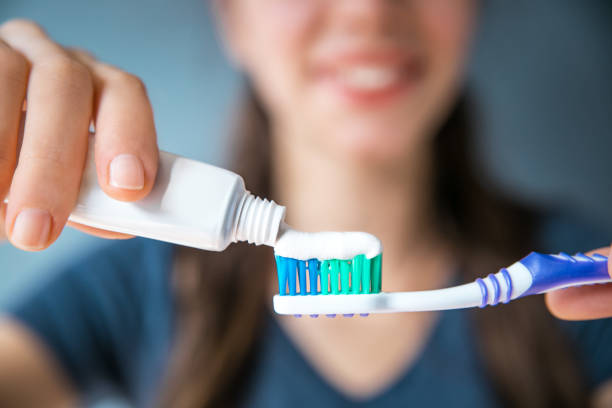
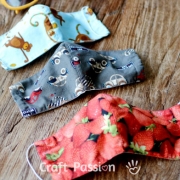 Craft Passion
Craft Passion